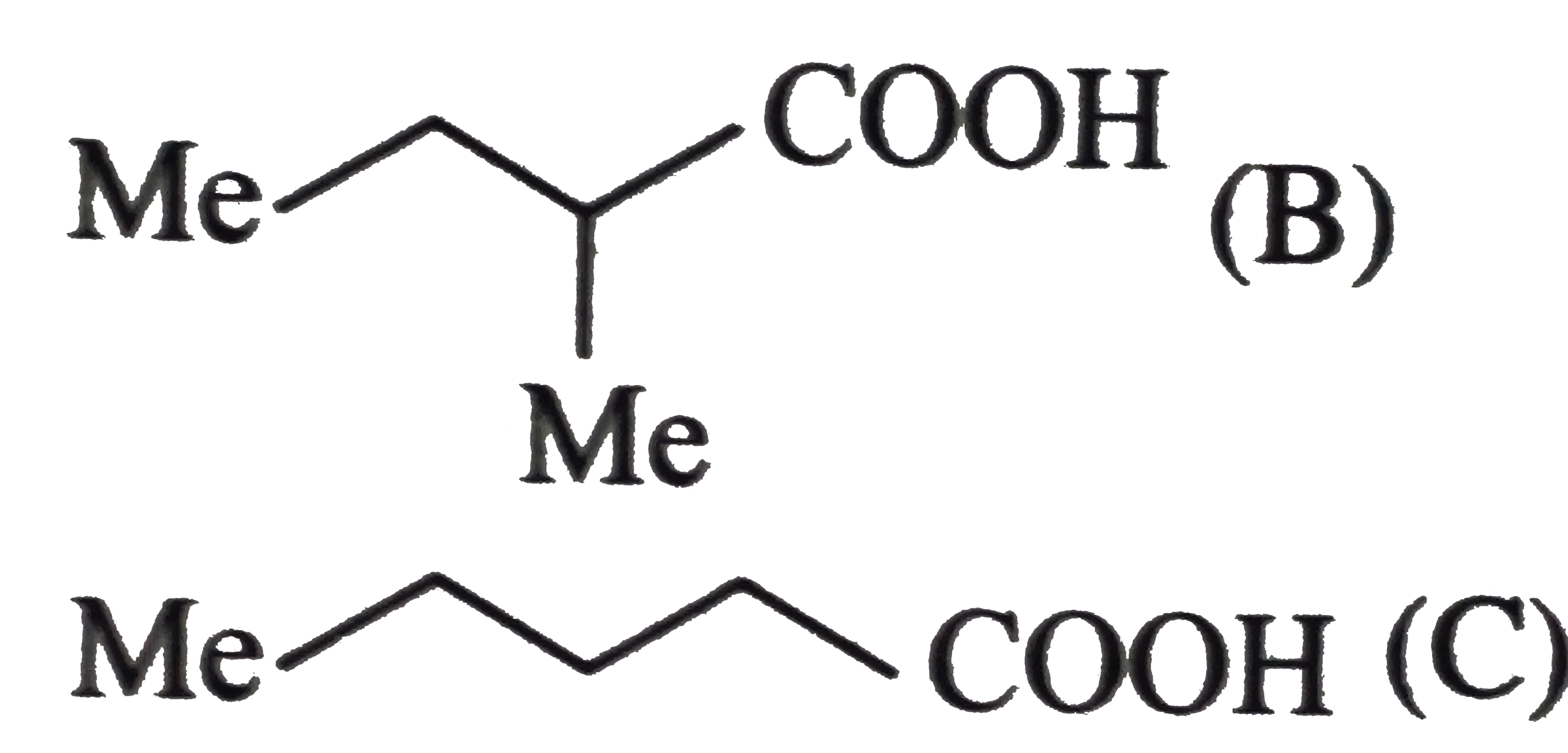Differentiate between the following:
Apoplast and symplast pathways of movement of water in plants
To differentiate between the apoplast and symplast pathways of movement of water in plants, we can outline the following points:
1. Definition:
- Apoplast Pathway: This pathway refers to the movement of water through the non-protoplasmic components of the plant, specifically the cell walls and the spaces between cells (intercellular spaces).
- Symplast Pathway: This pathway involves the movement of water through the protoplasts (living parts) of the plant, which are interconnected by plasmodesmata (small channels that connect the cytoplasm of adjacent cells).
2. Composition:
- Apoplast Pathway: Composed of non-living parts of the plant, such as cell walls and intercellular spaces.
- Symplast Pathway: Composed of living parts of the plant, which include the cytoplasm of the cells.
3. Mechanism of Water Movement:
- Apoplast Pathway: Water movement occurs primarily through passive diffusion, which does not require energy.
- Symplast Pathway: Water movement occurs via osmosis, which is the movement of water across a semi-permeable membrane from an area of lower solute concentration to an area of higher solute concentration.
4. Rate of Water Movement:
- Apoplast Pathway: Water movement is rapid due to the open structure of cell walls and spaces.
- Symplast Pathway: Water movement is slower because it must pass through living cell membranes and cytoplasm.
5. Resistance to Water Movement:
- Apoplast Pathway: Exhibits less resistance to water movement due to the non-living nature of the pathway.
- Symplast Pathway: Shows some resistance to water movement because it involves living cells and their membranes.
Summary of Differences
| Feature | Apoplast Pathway | Symplast Pathway |
|-----------------------------|----------------------------------------|--------------------------------------|
| Definition | Non-protoplasmic components | Continuous network of protoplasts |
| Composition | Non-living parts | Living parts |
| Mechanism of Movement | Passive diffusion | Osmosis |
| Rate of Water Movement | Rapid | Slower |
| Resistance to Movement | Less resistance | Some resistance |
- Apoplast Pathway: This pathway refers to the movement of water through the non-protoplasmic components of the plant, specifically the cell walls and the spaces between cells (intercellular spaces).
- Symplast Pathway: This pathway involves the movement of water through the protoplasts (living parts) of the plant, which are interconnected by plasmodesmata (small channels that connect the cytoplasm of adjacent cells).
- Apoplast Pathway: Composed of non-living parts of the plant, such as cell walls and intercellular spaces.
- Symplast Pathway: Composed of living parts of the plant, which include the cytoplasm of the cells.
- Apoplast Pathway: Water movement occurs primarily through passive diffusion, which does not require energy.
- Symplast Pathway: Water movement occurs via osmosis, which is the movement of water across a semi-permeable membrane from an area of lower solute concentration to an area of higher solute concentration.
- Apoplast Pathway: Water movement is rapid due to the open structure of cell walls and spaces.
- Symplast Pathway: Water movement is slower because it must pass through living cell membranes and cytoplasm.
- Apoplast Pathway: Exhibits less resistance to water movement due to the non-living nature of the pathway.
- Symplast Pathway: Shows some resistance to water movement because it involves living cells and their membranes.
|-----------------------------|----------------------------------------|--------------------------------------|
| Definition | Non-protoplasmic components | Continuous network of protoplasts |
| Composition | Non-living parts | Living parts |
| Mechanism of Movement | Passive diffusion | Osmosis |
| Rate of Water Movement | Rapid | Slower |
| Resistance to Movement | Less resistance | Some resistance |
Topper's Solved these Questions
- BOOK - ICSECHAPTER - TRANSPORT IN PLANTS EXERCISE - NCERT EXERCISE WITH ANSWER (DIFFERNTIATE BETWEEN )16videos
TRANSPORT IN PLANTS
- BOOK - ICSECHAPTER - TRANSPORT IN PLANTS EXERCISE - TEST YOUR PROGRESS (HIGHER ORDER THINKING SKILLS QUESTIONS (HOTS))9videos
TRANSPORT IN PLANTS
- BOOK - ICSECHAPTER - THE LIVING WORLD EXERCISE - Ncert Exercises (Differentiate Between )4videos
THE LIVING WORLD
Similar Questions
Differentiate between the following:
Pepsin and TrypsinView SolutionDifferentiate between the following:
Seed coat and EmbryoView SolutionDifferentiate between the following:
Seed and fruitView SolutionDifferentiate between the following :
Chloroplast and Chromoplast.View SolutionDifferentiate between the following:
Lotus and HydrillaView SolutionDifferentiate between the following
Tunica and CorpusView SolutionDifferentiate between the following:
Stamen and carpelView SolutionDifferentiate between the following:
Calyx and corollaView SolutionDifferentiate between the following:
Stomata and Hydathodes.View SolutionDifferentiate between the following acids :
(a)
(b) View Solution
View Solution

